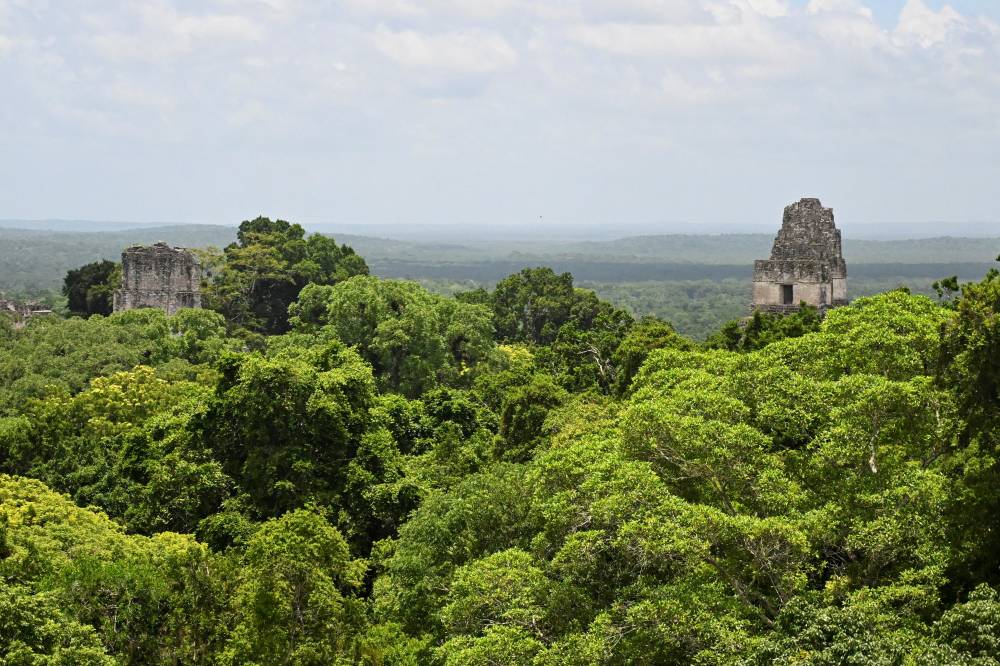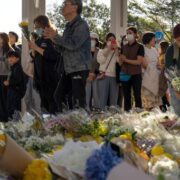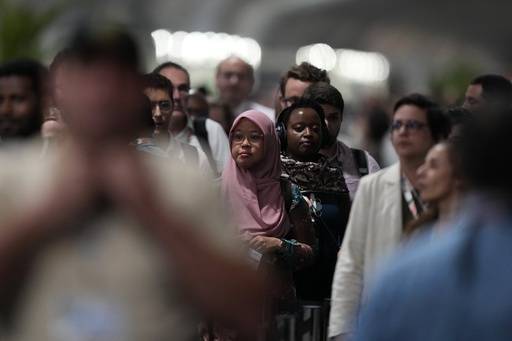SDGs: Creating a more just, sustainable world by 2030

Have you stopped to think about what the future might look like for your children or your grandchildren? Using what we experience today as reference points, we face worsening typhoons and unprecedented levels of heat as a result of climate change, increasing poverty rates, and more children on the streets instead of at school, as well as growing international tension and conflict.
At this rate, we can piece together a picture of the realities that the next generations will be facing on a daily basis. It is a scary world we will be leaving behind, and it is not fair to the next generations to inherit such immense challenges. But there is hope.
The 17 Sustainable Development Goals (SDGs) of the United Nations outline a plan to create a more just and sustainable world by 2030. These goals address all major systemic issues, including promoting economic growth while advocating for social equity and safeguarding the environment. These interconnected goals include addressing issues like poverty, hunger, decent work, infrastructure, biodiversity, climate action, and peace.
It is a bold plan that was unanimously adopted by all international governments, and all across the world, there has been a tremendous show of political, economic, and social will from nations advocating for and working towards the 17 SDGs. These include highly innovative youth-led solutions to visionary nationwide laws being passed.
For example, to achieve SDG 2: Zero Hunger, the private sector can invest in sustainable farming technologies for local farming cooperatives, the government can ensure favorable policies to create favorable conditions for such cooperatives to flourish, and consumers can be educated to choose local produce, helping reduce our national carbon footprint.
To achieve SDG 8: Decent Work and Economic Growth and SDG 10: Reduced Inequalities, business leaders can champion diversity and inclusive hiring practices, such as for persons with disabilities, which can systematically be implemented with groundbreaking policies from government.
Many Filipinos across the country are leading creative and localized SDG-driven solutions at a small or community scale, such as toward marine conservation, ethical production, and more. Through cross-sectoral action, both the public and private sectors are in the best position to scale up these existing solutions with systemic support, such as through human resources, funding, and advocacy.
Despite the way the world looks today and how it may look in the future, hope is very much alive, and the 17 SDGs provide our society a guiding light. But to safeguard a better future, it will take all of us working together in solidarity to achieve these goals.
Ilan Enverga is an award-winning K-12 educator and international teacher trainer for education for sustainable development (ESD) from the International School for Better Beginnings and Global Changemaker Schools, as well as Youth Representative on the United Nations SDG4-Education 2030 High-Level Steering Committee and Asia-Pacific Representative of the UNESCO SDG4 Youth & Student Network




















